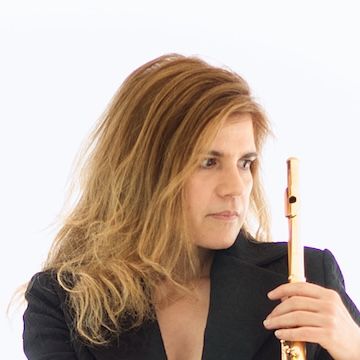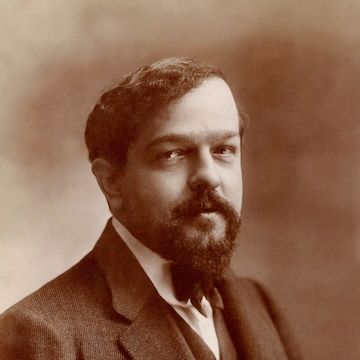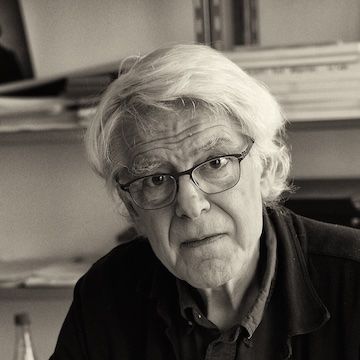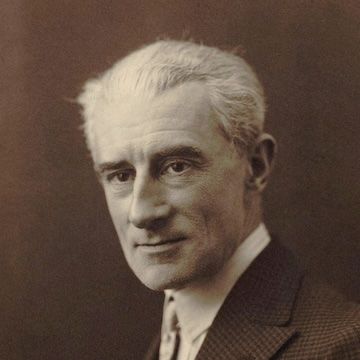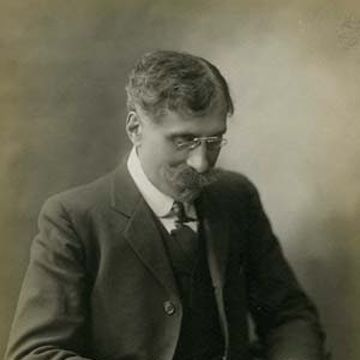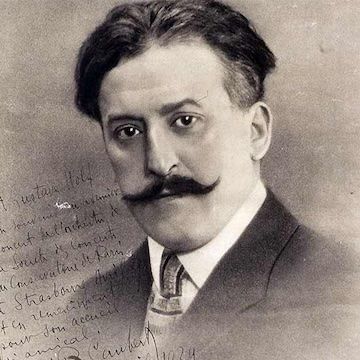Ancient Greece, Greece of dreams
This concert is a dialogue.
Firstly, a dialogue between France and Greece, between French composers from the first half of the 20th century who dreamed of Greece and drew inspiration from it—Debussy, Emmanuel, Gaubert—and, secondly, two major figures in contemporary Greek creation—Iannis Xenakis (1922–2001) and Georges Aperghis (born in 1945)—who draw their inspiration from the great founding Greek myths.
This dialogue will also take on a theatrical dimension. The musicians will be invited to listen to each other before playing together, as an allegory of Athenian democracy, a central and decisive political concept invented by the Greeks, never fully achieved and always fragile.
Program
Syrinx, L. 129, is a piece of music for solo flute which Claude Debussy wrote in 1913. It generally takes three minutes or less to perform. It was the first significant piece for solo flute after the Sonata in A minor composed by C. P. E. Bach over 150 years before (1747[1]), and it is the first such solo composition for the modern Böhm flute, developed in 1847.[2]
Syrinx is commonly considered to be an indispensable part of any flutist's repertoire. Many musical historians believe that "Syrinx", which gives the performer generous room for interpretation and emotion, played a pivotal role in the development of solo flute music in the early twentieth century. Some say Syrinx was originally written by Debussy without barlines or breath marks.[citation needed][3] The flutist Marcel Moyse may have later added these, and most publishers publish Moyse's edition.
The piece is commonly performed off stage, as it is thought when Debussy dedicated the piece to the flutist Louis Fleury, it was for him to play during the interval of one of Debussy's ballets.
Syrinx was written as part of incidental music to the play Psyché by Gabriel Mourey, and was originally called "Flûte de Pan". It was given its final name in reference to the myth of the amorous pursuit of the nymph Syrinx by the god Pan, in which Pan falls in love with Syrinx. Syrinx, however, does not return the love to Pan; she turns herself into a water reed and hides in the marshes. Pan cuts the reeds to make his pipes, in turn killing his love.
Syrinx has also been transposed and performed on the saxophone and other instruments. It quickly became a piece of standard literature for the saxophone, and has been recorded on both the alto and soprano saxophones. It is also a track on Caprice [1] by the trumpeter Alison Balsom [2].
The Five Greek Folk Melodies are a collection of traditional Greek songs harmonized by Maurice Ravel between 1904 and 1906, based on anonymous texts translated from modern Greek into French by Michel Dimitri Calvocoressi.
Bride's song: “Wake up, pretty partridge”
“Over there, towards the church”
“What gallant man can compare to me?”
Song of the mastic gatherers: “O joy of my soul”
“All cheerful!”
The Suite on Greek Folk Tunes, Op. 10, is a work by Maurice Emmanuel composed in 1907 for violin and piano. The work is also presented as “Four Harmonized Greek Folk Dances,” reflecting the composer's interest in the modes of different folk traditions.
« Khasarikos » — Allegro moderato
« Marmaro et Amades » — Allegretto
« Pyrghi » — Allegro ma non troppo
« Boulgarikos » — Allegro energico
Kottos is one of the hundred-armed giants that Zeus fought and defeated: an allusion to the fury and virtuosity required to perform this piece. (Iannis Xenakis)
This is the second piece for solo cello, after Nomos Alpha in 1966.
As usual, Xenakis gives a number of rules for the performance, among which we note: “no pretty sounds, but harsh ones, full of noise...”
Here we find a fairly extensive use of the “bridge” sound, obtained by pressing the strings close to the bridge, which produces a kind of irregular squeaking from which it is impossible to recognize any pitch. This work, which is extremely difficult to perform, attempts to push the limits of the instrument's range through glissandi, extreme tessitura, quarter tones, micro-intervals, and polyrhythms. As in Dikhthas, we find a rather angry atmosphere, expressed through a single discourse that plays on violence.
This work was commissioned by the Calouste Gulbenkian Foundation and the Rencontres internationales d'art contemporain de La Rochelle. It was composed for the 1977 Rostropovich Competition.
Nymphs at the fountain
Dances
Les Trois Odelettes anacréontiques, Op. 13, is a cycle of melodies composed by Maurice Emmanuel in 1911 for mezzo-soprano, flute, and piano, based on two poems by Rémy Belleau and one by Ronsard. Orchestrated in the same year, the work was first performed privately on March 27, 1912, by Povla Frisch with Émile Poillot on piano. The first public performance took place on March 20, 1921, by Rose Féart and Marcel Moyse on flute with the orchestra of the Société des concerts du Conservatoire, conducted by Philippe Gaubert. The score for voice, flute, and piano was published by Durand in 1914.
This work, one of the few scores by Maurice Emmanuel to have met with immediate success, is still one of the most frequently performed of his melodies.
“In Spring”
« À la Cigale »
« À la Rose »
